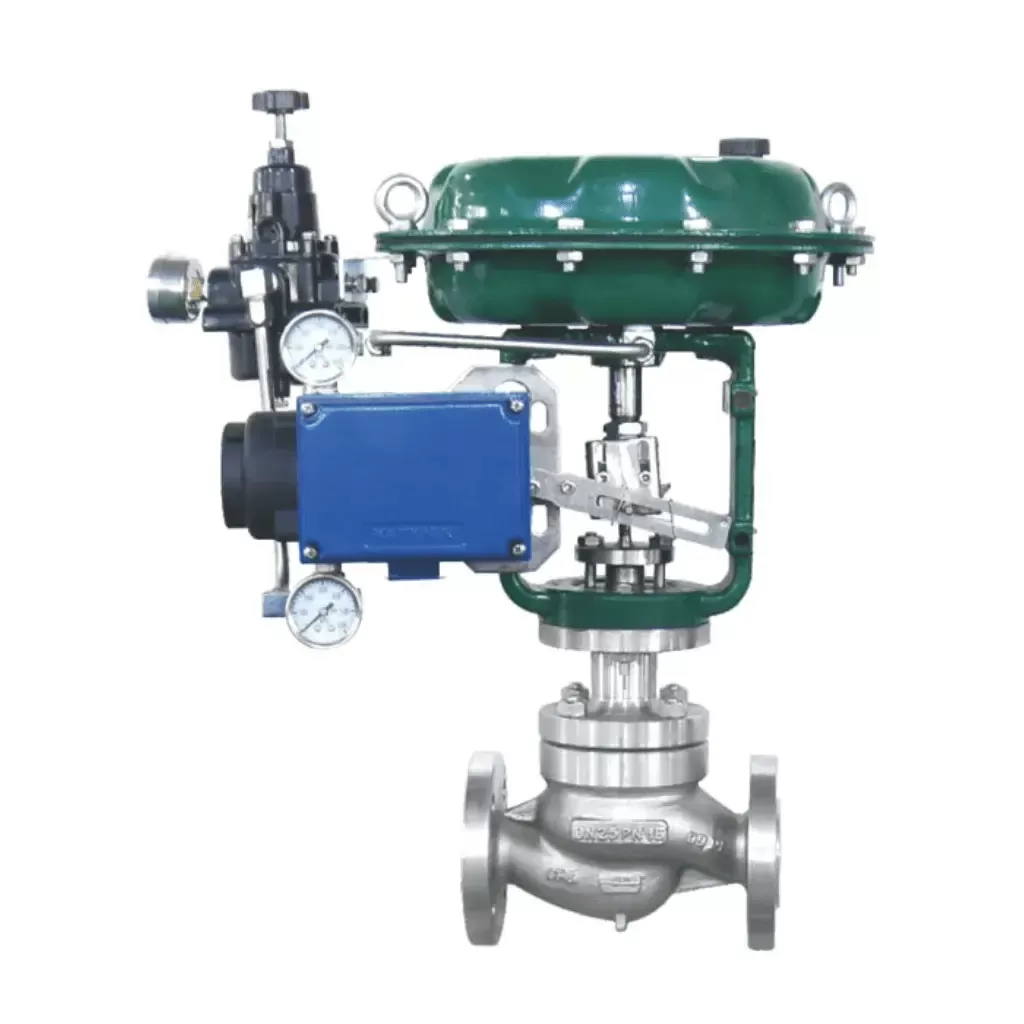Notifications

4 minutes, 38 seconds
-30 Views 0 Comments 0 Likes 0 Reviews

We Are a Premier Control Valve Manufacturer in China, Delivering High-Quality Valves and Control Actuators Customized to Meet a Wide Range of Industrial Applications.
In process automation and fluid control, choosing the right control valve is essential for achieving optimal performance, safety, and operational efficiency. Pneumatic control valves and self-operated control valves are two widely used types, each with unique features, advantages, and limitations. Understanding their working principles, applications, and differences helps engineers and plant operators select the best valve for their needs.
A pneumatic control valve uses compressed air as its power source to regulate fluid flow, pressure, temperature, or level in a process. It typically consists of a valve body and a pneumatic actuator, controlled by signals from systems like a Distributed Control System (DCS) or Programmable Logic Controller (PLC).
How it Works:
The valve receives a control signal (usually 4-20 mA or 0.2-1 bar) sent to a positioner. The positioner adjusts the actuator, which moves the valve plug or disc to control the flow path and process variables.
Key Features:
Requires external compressed air and control signals
Rapid response to signal changes
High precision in flow and pressure regulation
Suited for dynamic and frequent adjustments
A self-operated control valve works autonomously, without external power or control signals. It harnesses the energy from the process medium itself (pressure or temperature) to adjust valve opening.
How it Works:
Equipped with sensors like diaphragms or bellows, the valve reacts directly to process conditions, automatically regulating flow.
Key Features:
No external power or instrumentation needed
Uses process fluid’s own pressure or temperature
Best for stable, rarely adjusted systems
Common in pressure reducing and relief applications
| Aspect | Pneumatic Control Valve | Self-Operated Control Valve |
|---|---|---|
| Power Source | External compressed air + control signals | Process medium’s own pressure or temperature |
| Control Accuracy | High (±0.3% to 0.5%) | Lower (±5% to 10%) |
| Control Signal | Remote, from DCS/PLC | Local, autonomous |
| Adjustment Flexibility | Dynamic and remote | Manual, on-site |
| Installation Complexity | Requires air lines, signal cabling, and positioners | Simple; minimal infrastructure needed |
| Maintenance | Regular maintenance of actuator, positioner, and air system | Low maintenance; periodic inspection of diaphragms or bellows |
| Design/Layout Requirements | Flexible installation orientations and piping | Specific pressure-sensing arrangements needed |
| Typical Applications | Chemical plants, power generation, water treatment, HVAC systems | Pressure reducing stations, steam supply, lubrication systems |
Choose a Pneumatic Control Valve if:
High accuracy and responsiveness are required
Automation infrastructure (air, control signals) is available
Remote monitoring and frequent process changes are needed
The process involves challenging media (high viscosity, corrosive)
Choose a Self-Operated Control Valve if:
The process is stable and adjustments are infrequent
No external power or air supply exists
A low-cost, low-maintenance solution is preferred
Installation is in remote or hard-to-access locations
Basic, local control suffices
Pneumatic and self-operated control valves each serve critical roles in fluid control, tailored to different operational demands. Pneumatic valves provide precision, flexibility, and fast response, making them ideal for automated, dynamic processes. Self-operated valves offer simplicity, autonomy, and cost-efficiency, perfect for stable, low-maintenance environments.
Selecting the appropriate valve depends on control needs, available infrastructure, process variability, and installation conditions. Matching valve type to system requirements ensures optimal performance, safety, and cost-effectiveness.Know more about Google SEO Directory

